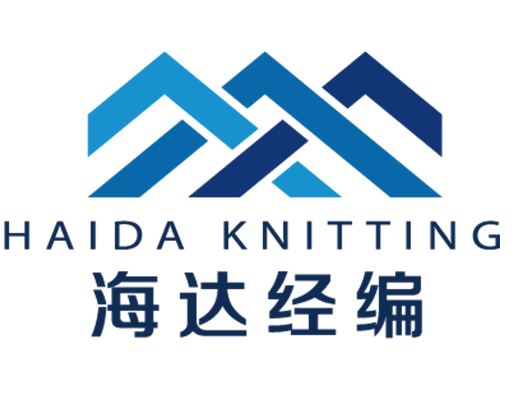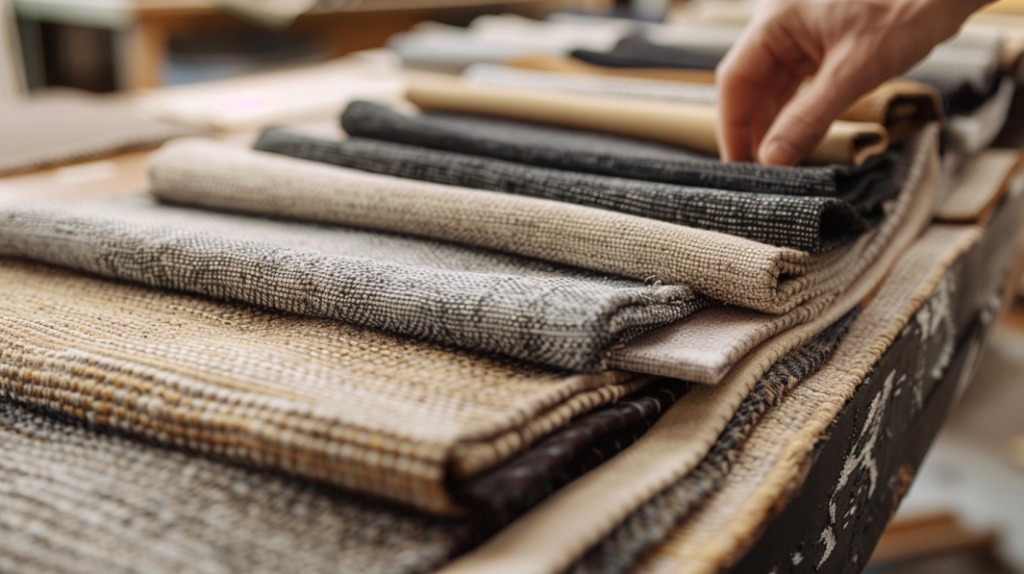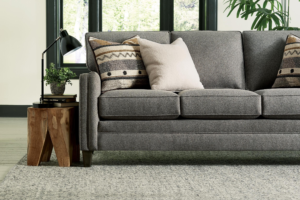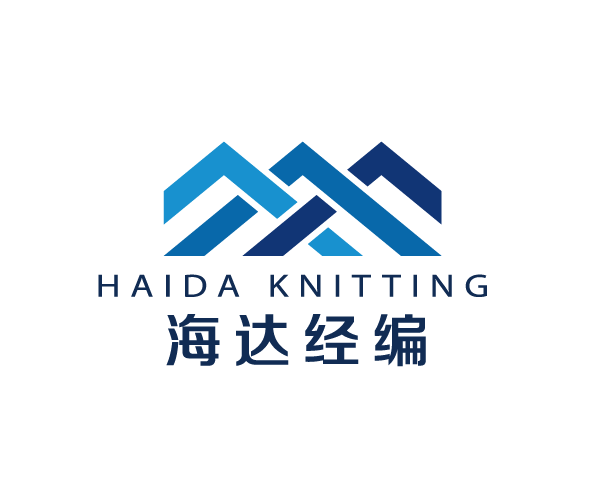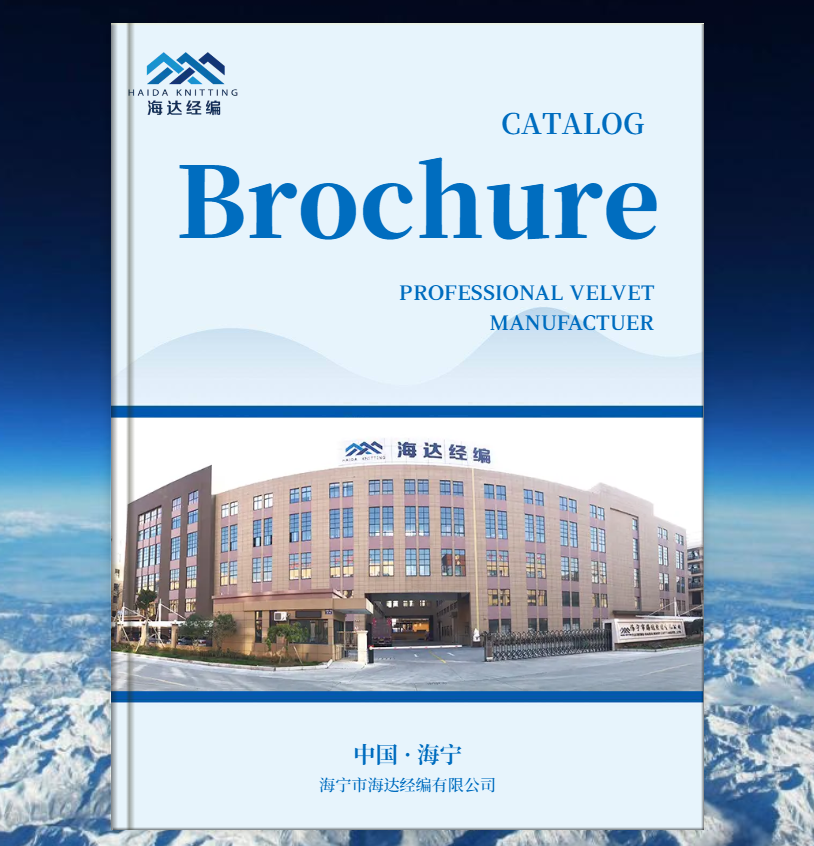When it comes to finding the cheapest fabric for furniture, you want to look for materials that are durable and cost-effective without sacrificing quality or comfort. There are several options that are budget-friendly and provide a good balance between price, durability, and aesthetics. Below is a guide to some of the cheapest fabrics for furniture upholstery, along with the pros and cons of each.
1. Polyester: The Top Budget Choice
Polyester is the cheapest fabric for furniture and also one of the most popular. It’s a synthetic fiber, so it’s affordable, easy to produce, and versatile.
Pros of Polyester:
- It’s Cheap: One of the most affordable fabrics.
- It’s Durable: Doesn’t stretch, shrink, or wrinkle.
- It’s Stain Resistant: Great for homes with kids and pets.
- Lots of Options: Available in a wide variety of colors, patterns, and textures.
Cons of Polyester:
- Traps Heat: Can be uncomfortable in warm climates.
- Pilling: May develop pills in high-use areas.
- Synthetic Feel: Lacks the luxurious feel of natural fabrics like cotton or linen.
2. Olefin (Polypropylene): Highly Durable and Affordable
Also known as polypropylene, olefin is a durable and cheap synthetic fiber commonly used on budget furniture.
Pros of Olefin:
- It’s Cheap: One of the most affordable fabrics.
- It’s Durable: Highly resistant to abrasion, perfect for high-traffic areas.
- Stain and Moisture Resistant: Doesn’t absorb moisture easily.
- Fade Resistant: Holds up well to sunlight, ideal for outdoor furniture.
Cons of Olefin:
- Texture: May feel less soft compared to other fabrics.
- Limited Aesthetic Appeal: Lacks the sophisticated look of natural fabrics.
- Heat Sensitive: Can melt when exposed to high temperatures.
3. Microfiber: Soft and Economical
Microfiber is a type of polyester known for its soft, suede-like texture. It’s a popular, budget-friendly option for homes with children or pets.
Pros of Microfiber:
- Cheap: More affordable than many upholstery fabrics.
- Soft Texture: Offers a luxurious feel without the high cost.
- Easy to Clean: Stain resistant, making it practical for everyday use.
- Durable: Handles wear and tear well.
Cons of Microfiber:
- Static and Lint: Attracts dust, lint, and pet hair.
- Water Stains: Prone to showing water spots if spills aren’t cleaned quickly.
- Not Breathable: Can feel hot after prolonged use.
4. Cotton Blends: Affordable and Versatile
While pure cotton can be expensive, cotton blends—typically mixed with synthetic fibers like polyester—offer a more affordable alternative.
Pros of Cotton Blends:
- It’s Cheap: More affordable than pure cotton.
- Comfortable: Provides the softness and breathability of natural fibers.
- Lots of Options: Available in many textures, colors, and patterns.
- Durable: The synthetic blend increases durability and stain resistance.
Cons of Cotton Blends:
- Stains: More likely to absorb stains compared to synthetic fabrics.
- Wrinkling: Prone to wrinkling, though less so than pure cotton.
- Moderate Durability: Wears out faster in high-use areas compared to fully synthetic options.
5. Faux Leather (PU Leather): Affordable Luxury Look
Faux leather, or PU leather, is a synthetic material that mimics the look of real leather at a fraction of the cost.
Pros of Faux Leather:
- It’s Cheap: Much less expensive than real leather.
- Easy to Clean: Water-resistant and easy to wipe down.
- Durable: Withstands heavy traffic without the high maintenance of genuine leather.
- No Animals Harmed: A great option for animal-conscious consumers.
Cons of Faux Leather:
- Heat Sensitive: Can become hot and sticky in warm weather.
- Not Breathable: May feel uncomfortable after long periods of sitting.
- Not as Long Lasting: Prone to cracking or peeling over time.
6. Rayon (Viscose): A Natural-Synthetic Hybrid
Rayon, or viscose, is a semi-synthetic fabric made from natural fibers like wood pulp, often blended with other materials.
Pros of Rayon:
- It’s Cheap: A cost-effective fabric.
- Soft and Comfortable: Feels smooth, similar to cotton or silk.
- Good Drape: Has a nice, natural drape on furniture.
- Blends Well: Commonly combined with other fibers to improve durability.
Cons of Rayon:
- Wrinkles: Prone to wrinkling.
- Not as Durable: More delicate and less suitable for high-traffic areas.
Conclusion
When searching for the cheapest fabric for furniture, synthetic fabrics like polyester, microfiber, and olefin offer the best combination of affordability, durability, and ease of care. These fabrics are ideal for high-traffic areas, homes with children or pets, and budget-conscious shoppers.
- Polyester and olefin are perfect for those needing an affordable yet resilient option.
- Microfiber stands out for its softness and comfort, making it a great choice for cozy living spaces.
- Cotton blends provide a natural feel with added durability from synthetic fibers.
- Faux leather offers an elegant look without the high price tag of genuine leather.
Ultimately, the best fabric will depend on your specific needs, but these options ensure you won’t break the bank while furnishing your home.
